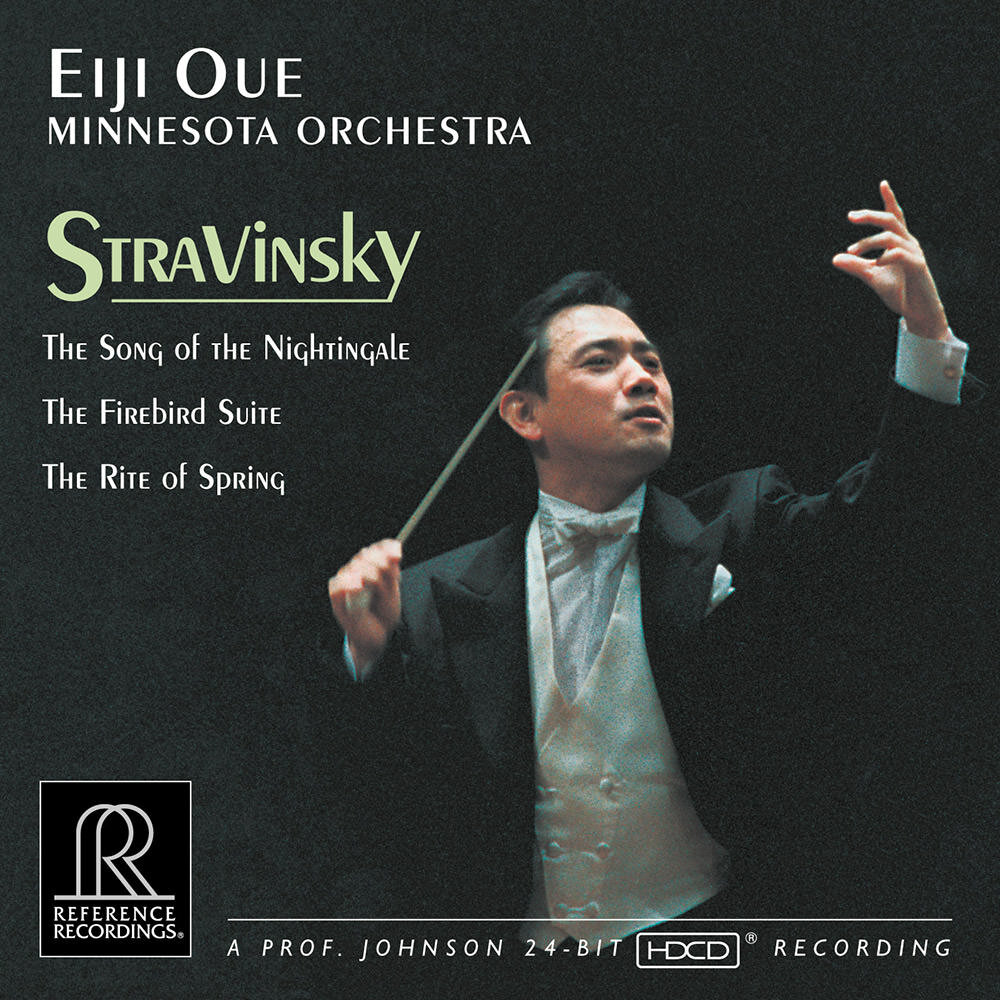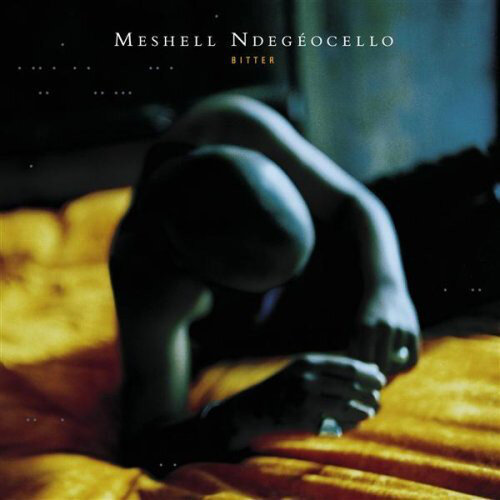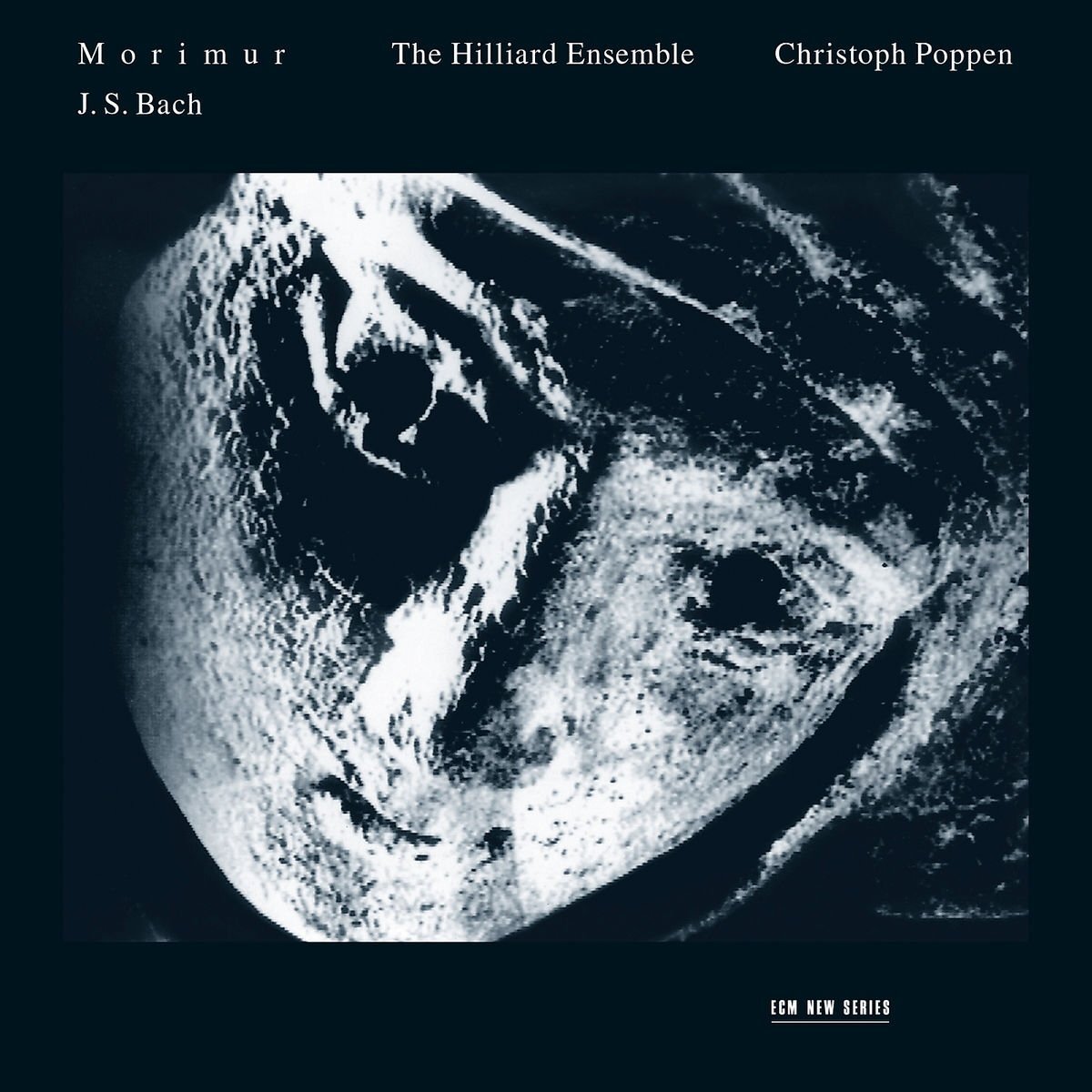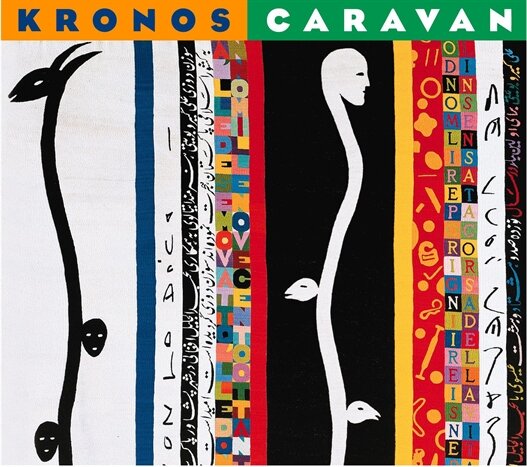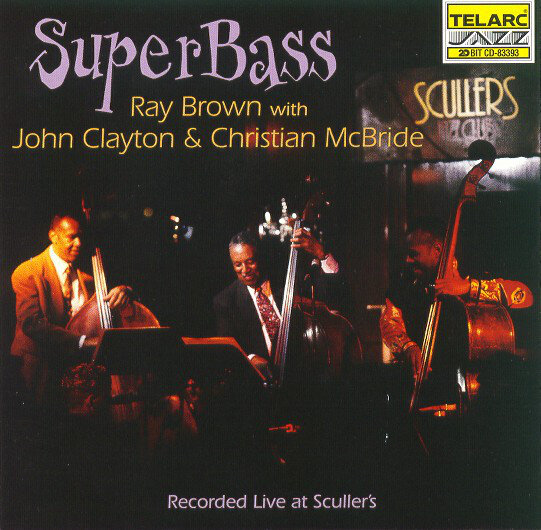MOLA MOLA TAMBAQUI -REVIEW
An Incredibly Musical Time and Space Machine!
“My god it’s a piano! It really sounds like a piano! The spaciousness, the air, the $#%@& you-are-there intimacy! Wow, I’ve never heard this song (track, concert, album) like that before. So real, natural, tactile. That's palpable! Transparent, transparent, transparent! So musical and so (your two-word expletive here) sweet. Nuance rich!” These are but a few of the phrases pulled from my novel posing as review notes on the Mola Mola Tambaqui. And I warn you, there is an ocean of superlatives ahead.
I had once seen a Mola Mola (the fish) at the San Francisco Steinhart Aquarium in Golden Gate Park. It seemed more like a spaceship than a fish to me, as it careened about on its side, its one-eyed, left side, seemed as if it were a portal. I was transfixed by the Mola Mola or Sunfish as the aquarium had referred to it. I stood there for at least an hour taking it in and the various fish that swam around it. The memory of the Mola Mola or Sunfish remains vivid and fixed in my mind.
When I unpacked the Mola Mola Tambaqui from its rather sturdy flight case, I immediately got the industrial, design reference, which bares the one-eye side or portal on its front face. The convex to concave wave form on its top surface mimics the Mola Mola’s lines and, perhaps, the ocean waves, as well. Its design is beautifully realized and the silver/gray coloring mimics a particular variation of Mola Mola fish. They come in a variety of colors and dual shades.
Suffice to say that the industrially designed rendering of the Mola Mola Tambaqui in its rather petite form was, for me, the embodiment of modern, sculptural art. However, the true beauty of the Tambaqui would be realized via its sublime voice and its incredibly transparent rendering of all types of music from classical to rock to rap to new age to folk music to, well, you name it. Literally.
The company, Mola Mola, born in 2011 is based in the Netherlands, in the town of Groningen. Mola Mola is a collaboration between cofounders Jan-Peter van Amerongen and Bruno Putzeys both skilled and very successful design engineers.
Mr. Putzeys, in particular, is the design engineer of the Mola Mola Tambaqui. Mr. Putzeys’ pre-history, as a design engineer, has taken him to Phillips Applied Technologies, Hypex, Grimm Audio, and Kii. His attention to detail is well noted as he will not send one of his electronic children out to the harsh, cruel market, until it has been well prepared and made ready to excel. Based upon this review of the Mola Mola Tambaqui both Messrs. Amerongen and Putzeys should be very proud fathers, indeed, of their prodigious child.
The key or driving design philosophy for Mola Mola, in the words of its founders, “Truth is Beauty.” The Messrs go on to state:
“Mola Mola embodies the idea that once you've removed everything that isn't the music, that what remains is the music.”
And yet more insight in to the engineering philosophy at Mola Mola in terms of its end-product goal and the expected result:
“Is something never before heard of in high-end audio: amplifiers and converters whose output signal cannot be distinguished, by ear, from the input signal. So what does that sound like? In a few words: natural, nimble, rich and musically enthralling.”
There have been very few times over the course of my life, as an audiophile, music lover, failed audio store owner (never turn your loves/hobbies into business endeavors), that a product, any type of a product, lives up to its marketing. Well, count this as one of those rare, very rare cases. What does that mean exactly?
REFRAIN: Unlike most reviews, this review will be non-sequential, as it will start with how the equipment actually sounds and not the process of physically “undressing” it and/or laying out its various accoutrement, specifications, etc. Think of this review then, as a non-linear movie—Memento, Kill Bill, Pulp Fiction, Eternal Sunshine of the Spotless Mind, The Queen’s Gambit, In the Shadow of the Moon, etc—that, likewise, starts at the end and winds its way to the beginning.
The Sound
Mellifluous (məˈlɪf lu əs) adj. 1. sweetly or smoothly flowing.
The Mola Mola Tambaqui came fully burned in, so I was able to begin listening immediately! Though I cannot personally relate to you how long burn-in takes. For that I asked Bill Parish at GTT Audio and his response, “two weeks.” So for those who see themselves lovingly adopting a Mola Mola Tambaqui, that's how long to a rather profound musical experience with your new prodigy (considering other parts of the system are in order).
It is a strange thing to encounter, completely, that which you thought was a nearly unobtainable goal or, perhaps, that which seemed an unbalanced equation. How could it be possible, in a digital product, to experience analog musicality, not analog-like, and a transparency associated with the best-of-the-best digital processors? I had long believed this a give-and-take arrangement. The more analog sounding, the less resolving a digital product would be. And the more resolving the less analog sounding. This would be the give-and-take that would allow the aforementioned equation to balance. For my long life as a music lover it has held true. And then confidently strides into my review life the Mola Mola Tambaqui. Its appearance and subsequent hearings have necessitated that the previous balanced equation be completely reconfigured or, at least, brought up to date.
As headphone amplifier/DAC the Mola Mola Tambaqui gave a truly exceptional performance with the planar magnetic headphones—Meze Empyrean and the Rosson Audio RAD-0—via its balanced, XLR headphone output and its 6.3mm, single-ended headphone output. It does not on its own do electrostatic earspeakers. Both the Meze Empyrean and the Rosson Audio RAD-0 are multiple award winners for AudioKey Reviews, with The Best Product of the Year & Diamond Award and A Best Product of the Year & the Golden KeyNote Award, respectively. The Mola Mola Tambaqui would, nonetheless, elevate the performance of both planar headphones to a level never before experienced and this was more than a little shocking, jaw dropping, but it was very much enjoyed!
However, what the Mola Mola Tambaqui via the electrostatic headphone amplifiers and the various electrostatic earspeakers/headphones conjured was a rendering of music that was on another level or field of excellence altogether! There was a transparency and a naturalness that seemed to render a singer’s intent! This is the only way that I can describe it. There was anticipation and a you-are-there intimacy, that allowed one to seemingly look into the performer's face and know what would follow and the emotion that lay behind. This was a function, entirely, of the various electrostatic configurations. This took a moment or two to digest and then the back arrow was engaged for a rehearing. Did I hear that right? Repeat. Yes, I did. Coupled with this transparency was a naturalness of tone/timbre, a tactile palpability, and nuance that could sit one on a stage/venue/concert hall anywhere in time and space. It was as if I and my yellow-chair—tardis, as attached to the various electrostatics were, indeed traveling through time and space to this venue and that, across the known realms of time and space. Most will get this immediately, I imagine.
Epiphany after epiphany came across all manner of music—classical, jazz, choral, vocal, folk, soul, electronica, the ethereal—rendered by the Tambaqui and, truly, any of the amplifiers that it was paired with in our listening sessions. I have never heard Patricia Barber’s sound so real, so natural, so completely sibilance free! And microdynamics and nuance were stunning and very often smile inducing. And this was regardless of whether the Mola Mola Tambaqui was utilized as a stand-alone headphone amplifier/DAC or as a DAC feeding an amplifier.
The Mola Mola Tambaqui’s strengths, in sum, are its incredible, detail-rich transparency, its astounding dynamic contrasts, and its evocative, nuanced musicality. Further, the Tambaqui’s transients are start-and-stop-on-a-dime swift! Tone/timbre and texture are so natural, so beautifully realized, and so engaging. Mola Mola Tambaqui’s top to bottom extension was also truly extraordinary. Simply put, the Tambaqui laid the music bare and it was spellbinding in the extreme!
The Mola Mola Tambaqui’s volumetric cube—sound stage—summons whatever is required—the intimate, the holographic, the vast, the ethereal—directly via its headphone outputs (balanced or single-ended). However, in conjunction with the two electrostatic headphone amplifiers and the various earspeakers/headphones, it appeared to transport one through time and space, to sit one at the performance—first row and often amongst the performers themselves—as positioning, separation, layering resulted in you-are-there, virtual reality. And this, mind you, was with headphones!
The Mola Mola Tambaqui for the purposes of this review was used as both a headphone amplifier and a DAC. The Tambaqui’ was partnered with the LTA Z10e, and the STAX SRM-700T electrostatic headphone amplifiers, the Bakoon AMP-13R integrated/headphone amplifier, and various earspeakers/headphones—Meze Empyrean, Rosson Audio RAD-0, STAX SR-L700MkII, STAX SR-007A, STAX 009S, Dan Clark VOCE. The cabling, wires, and cords were ANTICABLE and the power was handled by TORUS.
To evaluate the Mola Mola Tambaqui’s frequency spectrum as if they were distinct sections is, perhaps, more untrue of it than any component that I have ever owned or reviewed. It is not a patchwork quilt or a hodgepodge of frequencies engineered to a best practices approach. It is a continuous whole that was seamless and rather breathtaking. If I didn’t know better, I’d say that it was fine analog masquerading as a digital component.
Bass
The Mola Mola Tambaqui was readily capable of rendering taunt, thunderous bass in its alliance with the Bakoon AMP-13R. Together the combo rumbled, traveled deeply into the stygian, sub-bass depths, where the Holy-Bass-Head-Grail was easily acquired. The Mola Mola Tambaqui and the electrostatic amplifiers—LTA Z10e, STAX SRM-700T—would, likewise, enable the top electrostatics headphones—SR-007A, SR-009S, Dan Clark VOCE—to easily grasp the Holy-Bass-Head-Grail (with the exception of the STAX SR-L700MkII). The bass was potent, rendered with alacrity, tonal richness, and, again, incredible transparency.This was true across a broad playing of “bass-enabled recordings”—Marcus Miller’s Power (M2, Concord Records), Eiji Oue’s V. Infernal Dance of King Kashchey (Stravinsky, Reference Recording), Ray Brown, John Clayton, Christian McBride Birk’s Works (SuperBass2, Telarc Jazz), etc. In truth, that the Tambaqui was able to bring such weight and potency and rumble to the tubed, electrostatic amplifiers was truly surprising. Bravo!
Midrange
Meshell Ndegéocello’s Fool of Me (Bitter, Warner Bros.) plays or haunts. The bass line is taunt, solid, rhythmic. Meshell’s voice clear, palpable, textured, unfolds, somberly, across the track and my attention is rapt, as notes go untaken. Olafur Arnalds’ Árbakkinn (Island Songs, Mercury (Universal France)) plays and I am immediately aware of the fact that the bird songs, that are picked up on the recording, from outside the recording space, actually begin with the first note. The singing birds have always been there, though they have never before been heard, from the first notes, until now. Nor, for that matter, has the fullness of detail from every movement, creak, pedal push been so transparent, so beautifully resolved, so immediate. Poet Einar Georg Einarsson’s recital bares the rich, sweet ease and resolution of analog. This rendering was more an electrostatic earspeaker/headphone/amplifier event, I should note. It was impossible to begin the Hilliard Ensemble and Christoph Poppen’s MORIMUR album (MORIMUR, ECM) and not listen to it the entire way through. Ethereal would be a start in describing the Mola Mola's rendering of these voices and the violin in the Austrian Monastery of St. Gerold. Holographic would also be helpful in describing the Tambaqui’s rendering but it was more still. It was you as a listener in the Monastery surrounded by musician and Choralists and but a few feet away. I have alluded to the Star Trek holodeck in a previous review—STAX SR-L700MkII—and that type of rendering holds true now. It was, after all, the Mola Mola Tambaqui that aided and abetted the SR-L700MkII for its review. Another of Mola Mola’s statements is “Digital that's as good as Analogue.” The midrange alone would appear to paint that as an observable truth, freed as it is from its digital heritage. The treble, however, goes further still.
Treble+
Patricia Barber’s Modern Cool (Premonition Records) can be a sibilance torture track for all families of audio equipment—headphones, speakers, DACs, amplifiers, CD players, etc.—with its mix of cymbals and her voice both on constant display. The wrong piece of equipment and or system synergy and you're wincing, repeatedly. The Mola Mola as system conductor laid the album bare, exceptionally well resolved, and healed of sibilance from Touch of Trash to Let it Rain. Nasties—harshness, stridency, grain, sibilance—were banished to some other dimension. Hazzah! This is a thing as rare as raptor lips. Suffice to say, that the Mola Mola Tambaqui's treble is sublime! It will scale to the highest treble heights with a transparency, a naturalness, and a truth of tone/timbre, that shouts, as it rides the analog waveform, “Analog!” to your “But, you’re digital,” as a perplexed look rides your face. The Tambaqui's was true to all comers—Hilary Hahn, Kronos Quartet—in its rendering of their trebles to a rich, extended sweetness that should not have been, well, so analog. And Carlos Mena, Núria Real, Philippe Pierlot’s Pergolesi: Stabat Mater (Mirare) was otherworldly and necessitated a repeat performance (several actually). You’ll note that entire albums were referenced, as it was far too difficult to just stop the music after just one or two tracks.
The Wrappings and Accessories
The Mola Mola Tambaqui comes in a nondescript, nested, white, shipping box. Within the shipping box, however, is a rather unique sight for a full fledged audio component—a sturdy, grey/black, Pelican hard case. Inside the hard case are the Tambaqui, a power cord, product manual, a standard remote control, and a pair of white gloves. It is a simple, clean, straightforward affair.
Design—Look and Feel
The Mola Mola Tambaqui is high sculptural art masquerading as a superb headphone Amp/DAC. It is wave and fish, as its curves are reminiscent of both. It is smooth and sharp-edged, rounded and angled and it incorporates the duality beautifully. Simple and elegant and understated is the Tambaqui. It bares the one-sided eye on its front face, reminiscent of its brand’s namesake the Mola Mola or Sunfish. And best of all, beneath its beautiful, petite form, hides oceans of musicality and transparency and engagement.
Functionality
The Mola Mola Tambaqui is a DAC and headphone amplifier/DAC that cannot help but symbolize the hypersonic technological progression of the 21st century. The Tambaqui is Roon Certified, a snap when it comes to Bluetooth connections, it will decode quad-speed DSD and up to 384kHz/32bit files via USB as connected to Roon. It will also play your MQA files, but it will not unfold them.
The Mola Mola Tambaqui’s front face or panel features’ as mentioned earlier, the one Mola Mola eye, four, equally spaced micro buttons, with itsy-bitsy lights above each of micro buttons, and a single itsy-bitsy light that is centered on its forehead.
The Mola Mola Tambaqui’s rear panel features from left to right on its top row a singled ended (6.3mm) and a balanced (XLR-4pin) headphone output, balanced inputs (XLRs-3pin), two programmable trigger switches and an IEC plug. Its bottom row from left to right features various inputs—I2S over HDMI, Roon Ready ethernet, S/PDIF, AES/EBU (XLR), optical (Toslink), and a USB-B.
A note on the performance specifications of the Mola Mola Tambaqui. Noise appears to be extinct across both its height and breadth, as the specifications below seem to point out. Perhaps an analogy will bring further insight. Imagine, if you will, a house filled to the ceiling with sand, while one of the house’s sides has a ceiling to floor window that allows one to see in. Let’s consider the sand, in this case, noise. With floor to ceiling sand representing, say, signal-free static between radio stations. But once a clear FM station is dialed-in the noise or sand drops to, perhaps, a millimeter or two above the floor. Most modern, high-end, audio components have very effectively dealt with noise to this or much better degrees. In the case of the Mola Mola Tambaqui, a janitor has been tasked with sweeping the floor clean of all remaining (observable) sand (noise). “Wow,” you say as you look at the now sand-free (completely noiseless) floor, “that’s an antique 17th Century Persian rug!” This then is the Mola Mola Tambaqui’s noise floor or its lack thereof and its subsequent rendering of the music, wherein the richness and the nuances of all performances are on full auditory display.
The Specifications
Compatibility (Synergy)
STAX SRM700T ($3400)
The Mola Mola Tambaqui’s pairing with the STAX SRM-700T was incredibly musical, dimensional, with very good transparency. The layering, separation, and positioning were all quite excellent as were the microdynamics and the nuance. There was air and detail aplenty with this combination and performance venues were rendered with great dimension and palpability. Yes, there was quite good bass, but it could not match the bass response of either the Bakoon AMP-13R nor the LTA Z10e. The midrange of this duo was rich and incredibly engaging, transparent with exceptional body. The treble was refined, textured, sweet though not as extended nor as detailed as were the LTA Z10e’s treble renderings or the Bakoon AMP-13R’s.
BAKOON AMP-13R ($6000)
The Mola Mola Tambaqui’s pairing with the Bakoon AMP-13R was powerful, transparent, and very musical. There was great detail across a vast stage and layering, separation, and positioning were excellent. The bass was explosive(!), easily the best of all combinations. The treble was extended, detailed, and textured, though there was not the air or the three-dimensionality, nor the sweetness or the delicacy to the treble, of the tubed components, but it was see through and beautifully rendered.
LTA Z10e ($6950)
The Mola Mola Tambaqui’s pairing with the LTA Z10e was in many ways the best of both worlds. The duo summoned oceans of detail spread across, perhaps, the broadest soundstage, which rendered studio, concert hall, arena, monastery in sharp relief, fully three-dimensional, and palpable. Further, the combined strengths were the incredible, detail-rich transparency, the astounding dynamic contrasts, and the duos’ rich, evocative musicality. The Mola Mola Tambaqui’s and the LTA Z10e's top to bottom extension was extraordinary and its “whole-cloth” nature spoke volumes to an analog heritage, despite the combos’ mixed digital/analog beginnings. This was our preferred combination, though all could easily be considered desert island must haves. I am, however, very curious to review the STAX SRM-T8000 with the Mola Mola Tambaqui and the various electrostatic earspeakers/headphones.
Conclusion
A time and space machine, indeed, for the when and where the Mola Mola Tambaqui transports one. Impossible it is, to write the concluding notes of this review, to break away from the spellbinding music or magic that this DAC/Headphone amplifier creates. Max Richter’s The Blue Notebook plays and the music sweeps over me as though my yellow-chair-tardis finds its way, through time and space, to this venue and that. And depending on the track of this album, I am at a beach, in deep space, in a room where a typewriter drums out a poem or a verse on white, textured paper. Or, perhaps, I am in a cathedral amidst angelic voices. The Mola Mola Tambaqui is an incredibly musical time and space machine, that some might even consider otherworldly.
I consider myself quite fortunate to have had the opportunity to have as guest the Mola Mola Tambaqui, which sang for me whenever required. This, however, made it nearly impossible to complete its review and quite a few others. Sorry guys!
I do not know if the other reviewers were equipped with electrostatic earspeakers/headphones and the requisite electrostatic headphone amplifier, as this, I believe, brought things—the music, the experience, the spellbinding engagement—to an entirely new level. If not, then they have not, in my subjective opinion, heard into heart and soul of the Mola Mola Tambaqui. If you have the opportunity to hear the Mola Mola Tambaqui as allied to an electrostatic headphone amp and an electrostatic earspearker/headphone then please do so. And even if you don’t, I’d bucket list a Tambaqui hearing.
Bill Parish at GTT Audio said that the Tambaqui was something special. We’ve all heard this before and if you’ve been in the business, you’ve no doubt said it before. And there were times, I’m certain, when you actually meant it. Suffice to say, that Mr. Parish truly meant it and so I convey to you that he was correct in every respect.
As I wrote in the concluding remarks of a prior review:
“As of late, I have experienced a number of exceptional products that have made the resident cynic (of audio equipment) that lives within confused, elated, concerned. Yes, I have turned away a number of quite expensive components that did not meet our musical expectations, as I refuse to write bad, flame-throwing reviews. What’s the point? But that so many of the products that remain may well be award winners, to varying degrees, or, at least, “highly recommended” is an end of year problem, that already has me most concerned. But I must admit, that audio is one of the few places where advances in technology stand ready to serve the whole of humanity. Why not do my part in this respect?”
Whether yours is a full-fledged stereo system that spans the width of a room’s wall where the Tambaqui is DAC or your system sits on small table, beside your most favorite chair, with Tambaqui as Headphone Amp/DAC, you will be more than well served. Know that electrostatic earspeakers and their required amplification will conjure magic from air waves and a constant rush of electrons. And planars and dynamic drivers will scale to new heights with the Mola Mola Tambaqui, so has been my experience. Nirvana of the musical sort will peek in, much like Max Richter’s Written in the Sky (The Blue Notebooks, Deutsche Grammophon) peeks in on me now, another beautiful moment.
The Mola Mola like the Meze Empyrean and the Bakoon AMP-13R is a beautiful work of modern sculptural art that belongs in a modern art museum and in the homes of art and music lovers the world over, where such things are greatly appreciated. And like the Meze Empyrean and the Bakoon AMP-13R the Mola Mola Tambaqui joins the rarefied crowd of AudioKey Reviews DIAMOND AWARD winners along with our highest recommendation to date.
Pros: Stunning musicality, transparency, engagement, texture, nuance, etc. (and especially so with electrostatic earspeakers/headphones/headphone amplifiers!).
Cons: None, zilch, zero.
The Systems
1.
As DAC
LTA Z10e
Roon Nucleus+
MEZE Empyrean
Rosson Audio RAD-0
Dan Clark VOCE
STAX SR-009S
STAX SR-007A
STAX SR-L700MkII
ANTI-CABLE cabling and wires
TORUS TOT MAX
2.
As DAC
STAX SRM-700T
Roon Nucleus+
Dan Clark VOCE
STAX SR-009S
STAX SR-007A
STAX SR-L700MkII
ANTI-CABLE cabling and wires
TORUS TOT MAX
3.
As DAC
Bakoon AMP-13R
Roon Nucleus+
MEZE Empyrean
Rosson Audio RAD-0
ANTI-CABLE cabling and wires
TORUS TOT MAX
4.
As Headphone Amplifier
Roon Nucleus+
MEZE Empyrean
Rosson Audio RAD-0
ANTI-CABLE cabling and wires
TORUS TOT MAX
THE MUSIC
The Company
Mola Mola
Mola Mola Tambaqui ($13,400)
Mola Mola
Kattegat 8
9723JP Groningen
Tel: +31(0)505264993
The DISTRIBUTOR
GTT Audio
+1 908 850 3092
av@gttaudio.com
http://www.gttaudio.com















